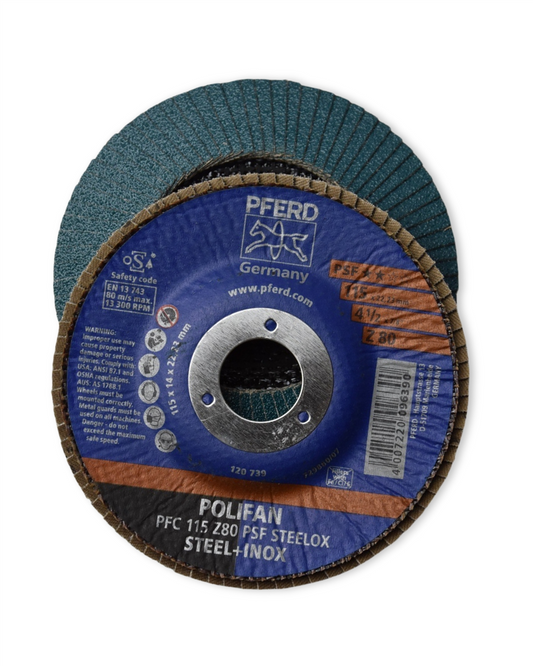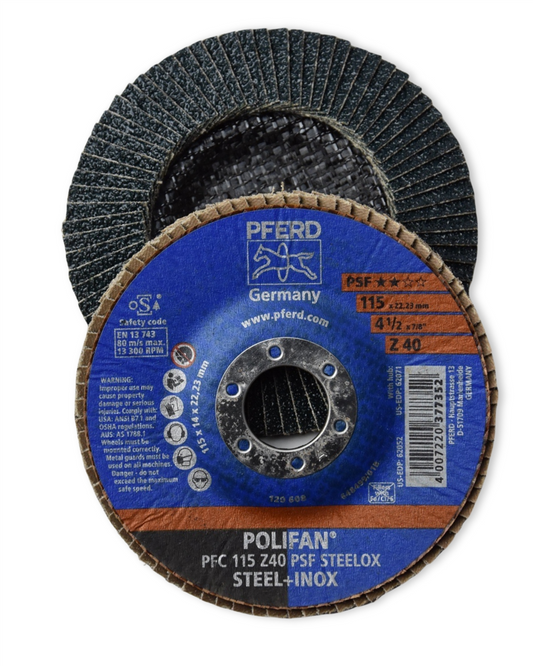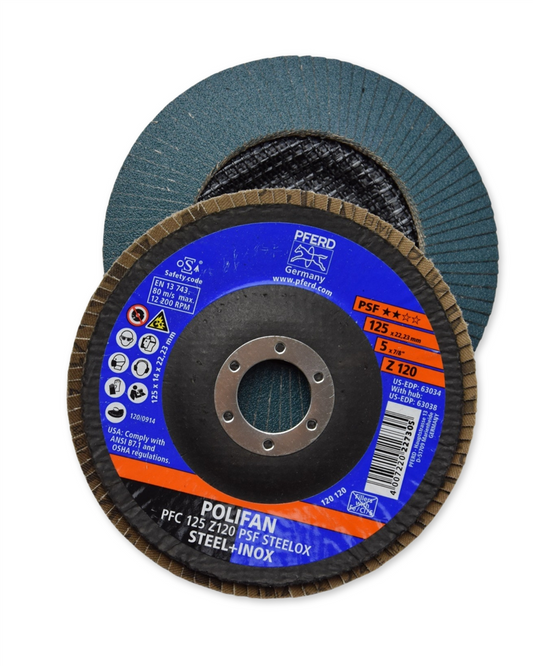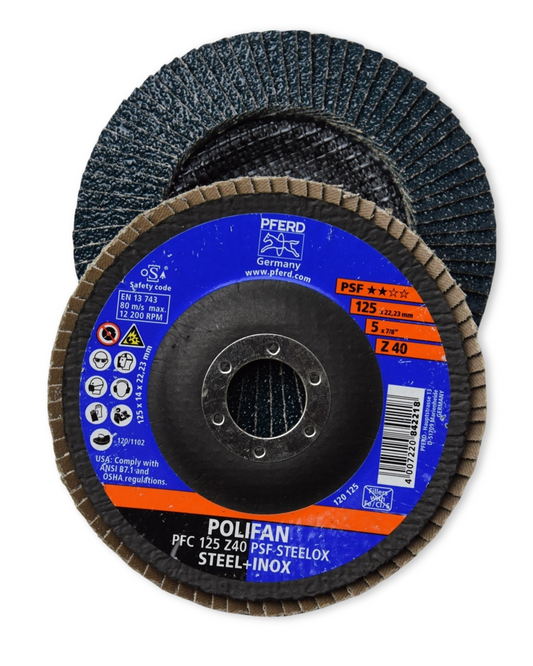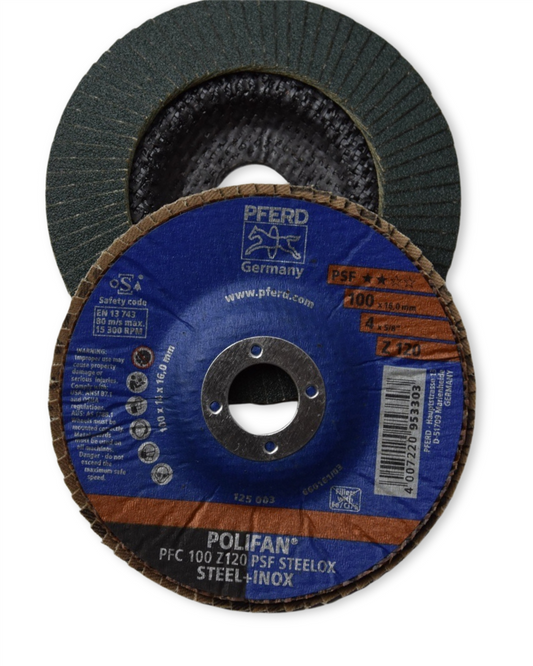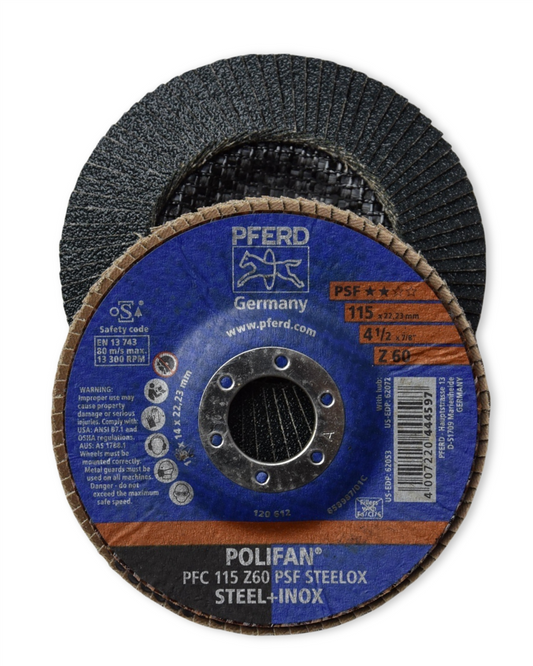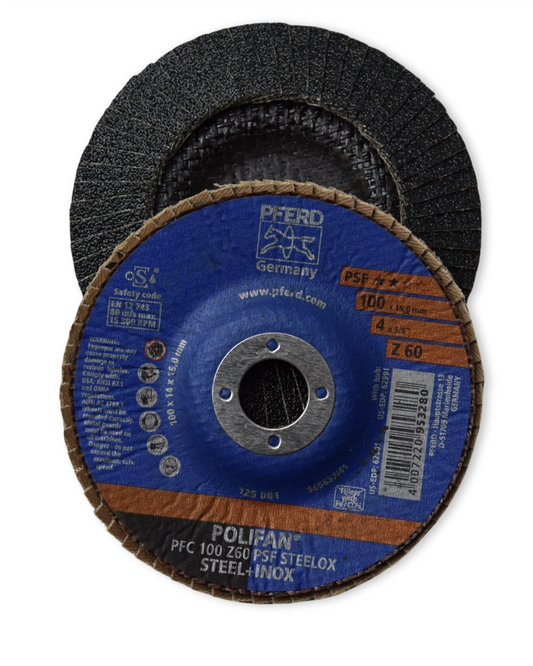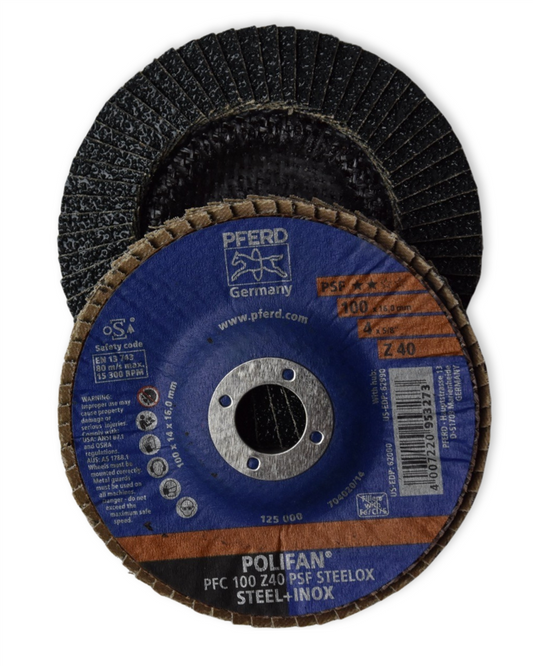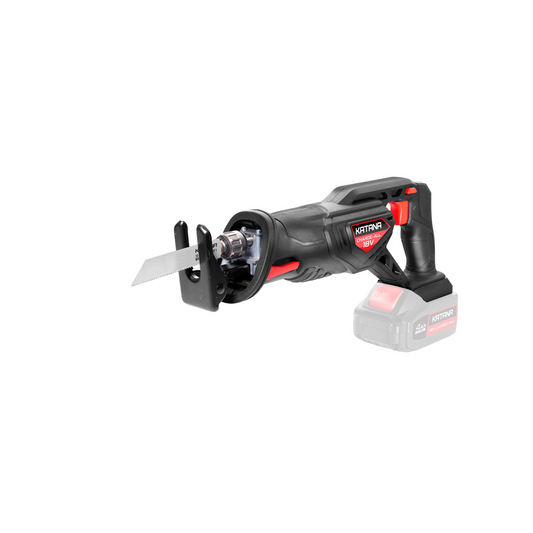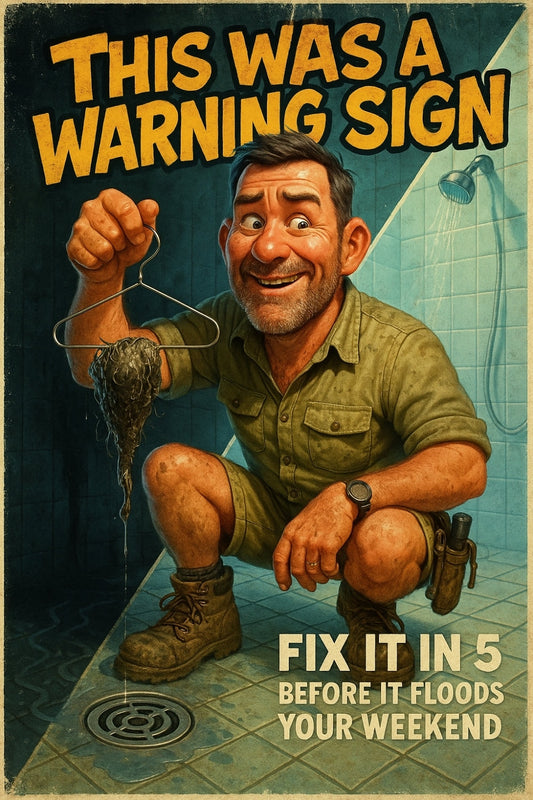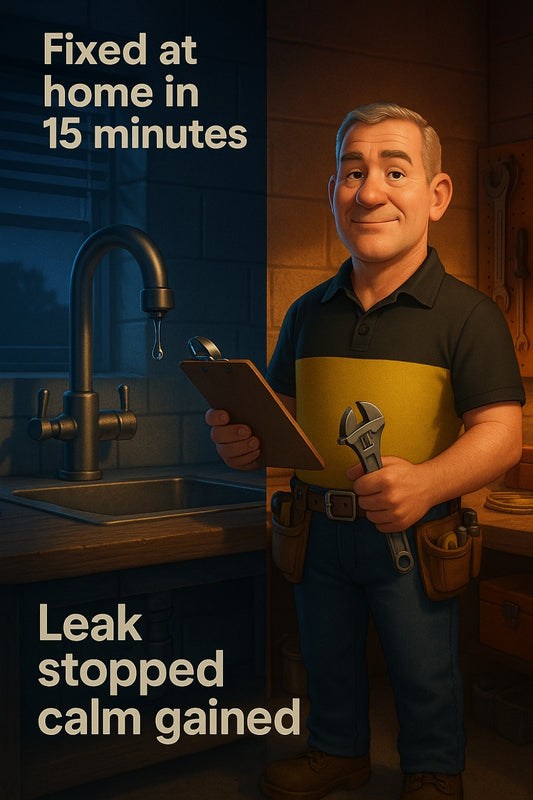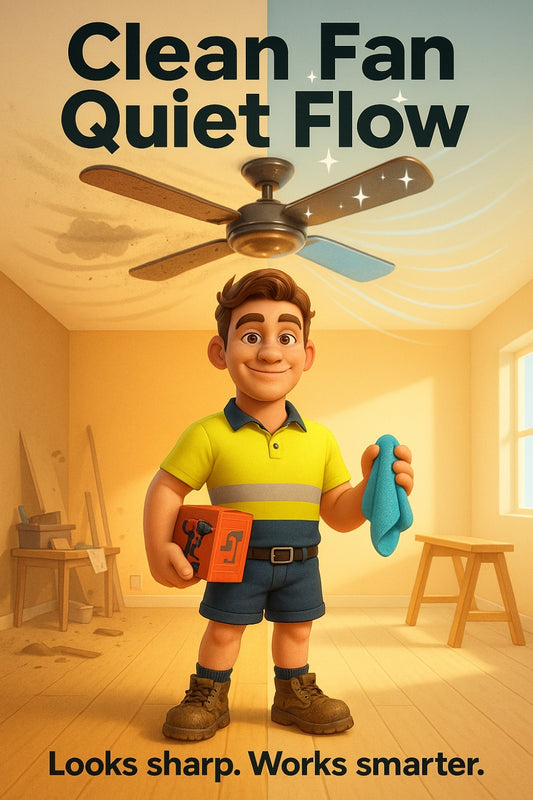Tiny fixings, massive impact — here’s how to bolt your next DIY right the first time
Share
Choosing Nuts and Bolts Just Got a Lot Less...Nuts
Ever stood in front of a wall of bolts, squinting at the little labels, trying to figure out what's what — while a toddler gnaws on a biscuit and your husband's asking if you brought the right spanner? Yeah, picking the right bolt and nut isn't glamorous, but goodness, it matters. It's the kinda 'small' decision that quietly determines whether your garden gate swings freely next summer or slowly sags into the abyss.
What’s in a Bolt?
Let’s start with basics. A bolt is a type of fastener used to hold two or more things together. Bolts usually work in tandem with a nut, which threads onto the bolt’s end to lock everything in place. You’ll often need washers too — think of them as the peacekeepers that spread the load and prevent things from slipping or cracking.
They may be small, but bolts and nuts are mighty unsung heroes in everything from hanging laundry lines to holding your deck together through a windy spring.
The Life-Changing Magic of Matching
Choose the wrong bolt and nut combo, and best case, things wiggle loose. Worst case? The project undoes itself slowly like a passive-aggressive IKEA cupboard. Here’s how to avoid that fate.
1. Match to the Load
- Light duty: Picture plant stands, coat hooks, or floating shelves — you’ll usually be fine with small bolts like M6 or M8 sizes in zinc-plated or galvanised steel.
- Medium to heavy duty: Think pergolas, shed framing, or fence posts. Here, you want more grunt. M10 to M16 bolts, made of galvanised or stainless steel, are your friends.
“A good bolt job should feel snug, like that favourite hoodie — firm but comfy, and built to last.”
– Candeece, Local DIY Advisor
2. Choose the Right Material (It’s More Important Than You Think)
South Aussie weather plays hard. Sun, salt, rain, and red dust — your bolts need to be as tough as your plans for that outdoor kitchen. Here’s a rundown:
- Zinc-plated: Great for dry, indoor jobs (like putting together furniture). Not so great against rust.
- Galvanised: Solid all-rounder for most outdoor builds. Rust-resistant and reliable.
- Stainless steel: More expensive, but ideal for coastal or wet areas. These don’t flinch at salt air or rain.
Yes, they all kinda look the same. Look closer. Feel the weight. That high-shine finish? Often a good indication of stainless. That dull finish with a bit more texture? That’s likely galvanised. And don’t hesitate to ask in store. That’s kind of our thing.
3. Length and Diameter — The Almost-Right Bolt Is Still Wrong
If a bolt’s too short, it won’t grip. Too long, and it could poke out dangerously or just look...silly. The sweet spot? Enough length to pass cleanly through your materials with 1–2 threads showing beyond the nut.
And diameter isn’t about width alone — it’s about strength, what load it’s carrying, and what kind of hole it’s going into. A loose bolt rattles you faster than a jackhammer on a tin roof.
4. Thread Me Right
Bolt threads can be coarse or fine. Coarse threads are stronger for tough jobs and resist stripping. Fine threads give more precision and hold tighter — handy for projects involving vibration (hello, shed doors and swingsets).
5. Don’t Skip the Washers
I know — it seems like a small circle of metal. But it pulls way above its weight. Washers help prevent nuts and bolt heads from sinking into the material or loosening over time. For timber, flat washers give better grip. For metal, spring washers add resistance to vibration. It’s a little thing that saves a lot of swearing down the track.
Let’s Breakdown a Real-Life Scenario: The Gate That Wouldn’t Behave
One regular, let’s call her Jess, came in about her new side gate. Beautiful. Recycled hardwood, black hinge hardware, the whole chic-country mood. Week two, gate’s scraping the ground. What happened? She picked bolts that were just shy of the needed diameter, and skipped washers. Bit by bit, the weight loosened things. With the right galvanised bolts, fat washers, and a proper torque-tightening — her gate now swings smoother than a satin robe on a breeze.
The Wild Card: Bolts vs Screws
At some point, you’ll wonder — why not just use screws? Screws are okay for light, direct fastening to timber. Bolts are what you reach for when you want a connection strong enough to handle movement, weight, and time. Think gate hardware, fence bracing, pergola beams — bolts win every time.
3 Quick Tips to Make Bolt & Nut Shopping a Breeze
- Bring your parts or photos. We love a visual.
- Always buy a spare or two. Projects have a funny way of losing things mid-way. And your future self will thank you.
- Ask real questions. No shame here. Whether you’re building a deck or hanging a mirror, there are no silly questions.
Still Not Sure? Drop In.
Sometimes it’s hard to know what you’ll need until you’re ankle-deep in a project and covered in MDF dust. That’s why we’re here — ready to point you to the right section, show you how to tell thread types apart, and maybe even swap toddler stories while we’re at it.
The secret to successful DIY isn’t being an expert — it’s knowing where to ask for good help. And when your bolts are right, your project hums right along too.
Happy building,
Candeece

Stay Connected
Follow our Facebook Page: Strathalbyn H Hardware on Facebook



